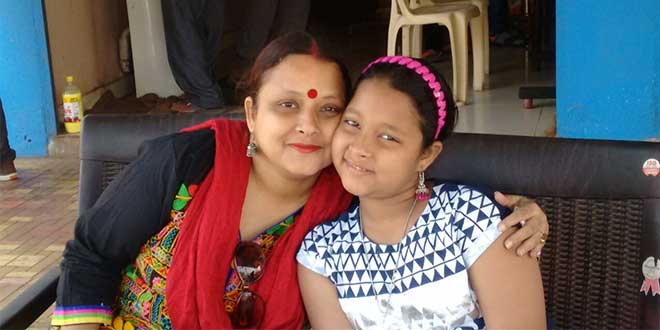Highlights
- 300 million girls and women across India defecate in the open
- 23% of Indian girls drop out of school because of a lack of toilets
- Women from across India are fighting for access to a toilet
In May 2014, two girls were found raped and murdered in a village called Badaun in Uttar Pradesh. It was a case that shook the country with its brutality. It was also a case that tragically highlighted another glaring issue faced by almost 300 million girls and women across the country – the lack of access to toilets. The sisters in Badaun had gone out to the fields at night to relieve themselves. They thought, mistakenly, that there would be safety in numbers and went out together. Not that they had any other choice – they had no toilet at home and had always relieved themselves in the bamboo fields close by. That fateful night, they did not return.
A 2016 study done at the University of Michigan corroborates this link. Researchers analysed data from about 75,000 women in India and concluded that “women who use open defecation sites like open fields or the side of a railway track are twice as likely to get raped when compared with women using a home toilet.”
Once that sinks in, here’s another tragic statistic. A study done in 2012 showed that about 23% of our girls drop out of schools when they start menstruating. That is almost 1 in every 4 girls. The most common reason given is the lack of toilets.
It is against this backdrop that the Swachh Bharat Mission assumes greater relevance. It is not a campaign to just clean India, but has a much deeper significance. If successful, this campaign can transform the lives of Indian women, bringing in its scope issues of women’s safety, their access to higher education and will even challenge the caste system (who do you think bears the burden of manual scavenging?)
Not surprisingly, women have been the most enthusiastic champions of PM Modi’s Swachh India messages. Incredible stories of women fighting the odds for better sanitation rights pour in from all over the country every day.
Take the instance of 105-year-old Kunwar Bai from Chhattisgarh. It seems incredible, but for 100 years of her life, she relieved herself in the open. She had never even heard of a toilet. Once she heard about the Swachh Bharat Abhiyaan and realised what a toilet signified, there was no stopping her. First, she sold her goats to construct a toilet in her house. Not satisfied with just that, she campaigned on until her entire village was declared Open-Defecation Free.
A few hundred kilometers away, a girl almost 100 years younger than Kunwar Bai was fighting for change of her own. Jamshedpur resident Monidrita Chatterjee is just 11-years-old but has been saving all her pocket-money to build toilets for underprivileged girls. Bit by bit, she saved up for a year, until she could construct 2 toilets in a Jharkhand village.
It takes great courage and clarity of thought to undertake such an ambitious mission at such a young age. But then, courage is exactly what is driving these women across India. From the woman in Kanpur who sold her ‘mangalsutra’ to build a toilet, to the teenagers in Bihar’s Buxar district who gave up wearing gold jewellery until their parents acquiesced and constructed toilets, the movement for a cleaner and safer India is spreading like wildfire.
Not just in villages but in big cities as well.
When women in Mumbai realized that the city only had 381 public toilets for 57,41,632 women, they started a ‘Right To Pee’ campaign. The first question they were asked by authorities was ‘why women need sanitation facilities?” Today the campaign has gained steam and is working alongside Municipal authorities to discuss gender-specific sanitation solutions.
Every little act of rebellion by a woman is leading to a greater change.
Just a month ago, news came in that a male dominated Panchayat in Haryana had decided on a ‘No Toilet No Bride’ policy. Women from their village would not be married into households that had no toilets. It seems like such a basic right – accessing a toilet. We keep hearing words like ‘open-defecation free’ without fully realizing what they actually mean. None of us wants to think about a woman who has ‘controlled’ herself until it is dark, or who wakes up before dawn, who must then rally a group of other women and make a long, arduous trek to a desolate spot just so she can ‘answer nature’s call.’
As village after village, district after district, becomes Open-Defecation Free, let’s fully grasp the true importance of a ‘Swachh India’ and what it means for millions of women across the country.
Also Read: Employment, Education, Empowerment: The Ragpickers Collective Changing Women’s Lives































